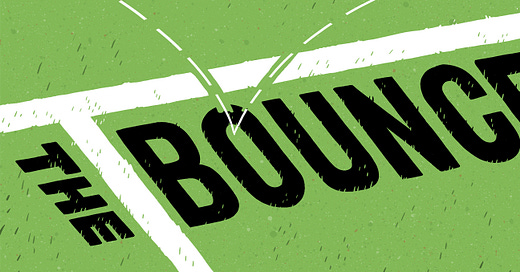The Hangover: Was drawing against India all that good?
A reader writes, plus some BYC banter and the Midweek Book Club
There was some good cricket chat in the inbox after yesterday’s test special post.
This one from William Thomson (edited for clarity) caught my eye and warrants a detailed, annotated response. My notes are in italics.
“I’d like to present an alternate perspective of the recently finished test draw. We encountered a Kanpur track unlike most - it had few sp…
Keep reading with a 7-day free trial
Subscribe to The Bounce to keep reading this post and get 7 days of free access to the full post archives.




